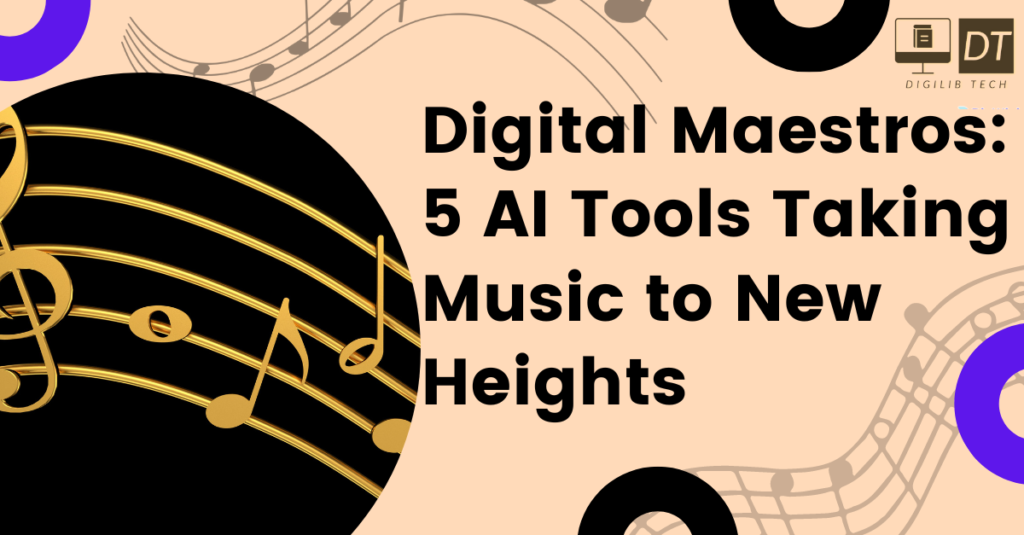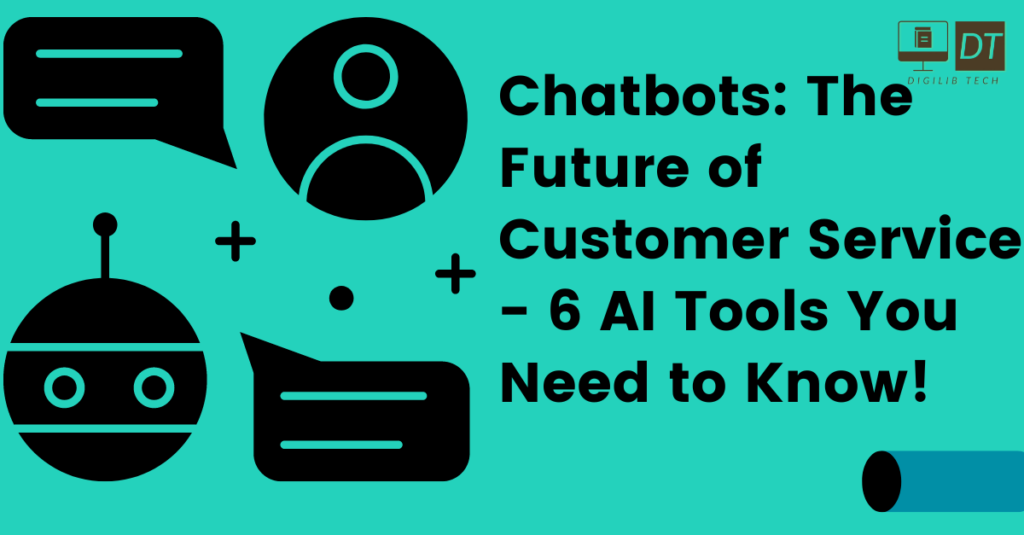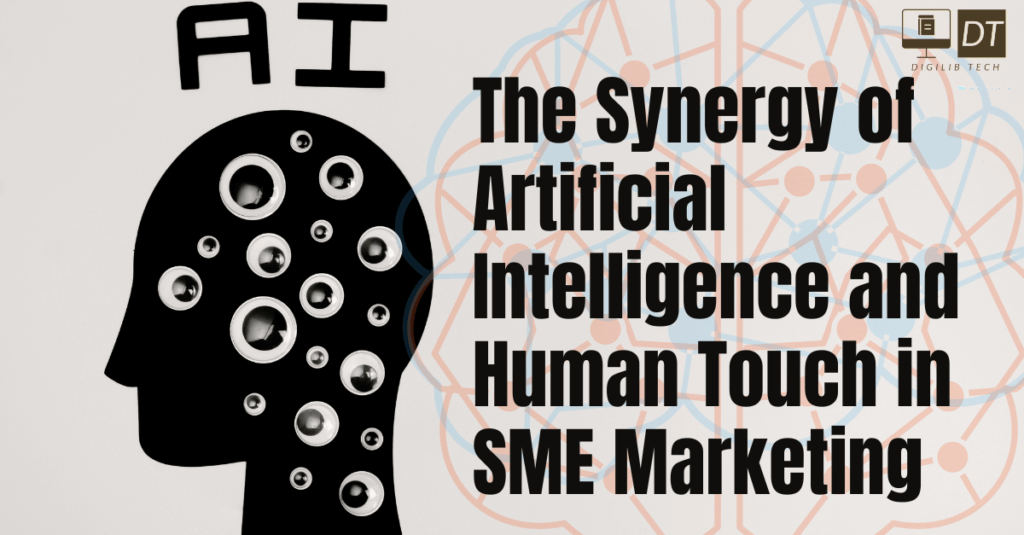Understanding How Artificial Intelligence Functions

Artificial Intelligence (AI) continues to grow, various companies are eager to showcase how their products and services incorporate AI. However, it’s crucial to discern that what these companies often label as AI is, in fact, a component of the broader technology, such as machine learning. For AI to operate effectively, it relies on a foundation of specialized hardware and software, primarily for the development and training of machine learning algorithms. While AI doesn’t have a single associated programming language, popular choices among AI developers include Python, R, Java, C++, and Julia, owing to their advantageous features.
AI systems operate through a multi-step process:
1. Data Ingestion and Analysis: AI systems begin by consuming vast quantities of labeled training data. They meticulously analyze this data to identify correlations and patterns.
2. Pattern Utilization: The identified patterns are then utilized to make predictions about future events or states. For instance, a chatbot exposed to numerous text examples can learn to engage in lifelike conversations with people, while an image recognition tool can proficiently identify and describe objects in images after reviewing millions of examples.
Furthermore, recent advancements in generative AI techniques enable the creation of incredibly realistic text, images, music, and other forms of media.
AI programming focuses on developing cognitive abilities, encompassing the following aspects:
1. Learning: This facet of AI programming centers on the acquisition of data and the formulation of algorithms to process it into actionable information. Algorithms, in this context, are sets of step-by-step instructions that guide computing devices in executing specific tasks.
2. Reasoning: AI programming also involves selecting the most appropriate algorithm to achieve a desired outcome.
3. Self-Correction: AI systems are designed to continually refine their algorithms, ensuring that they consistently deliver the most accurate results possible.
4. Creativity: The creative aspect of AI leverages various techniques, such as neural networks, rules-based systems, statistical methods, and more, to generate novel content, including images, text, music, and ideas……..









Thanks for sharing. I read many of your blog posts, cool, your blog is very good.
Thanks for sharing. I read many of your blog posts, cool, your blog is very good.